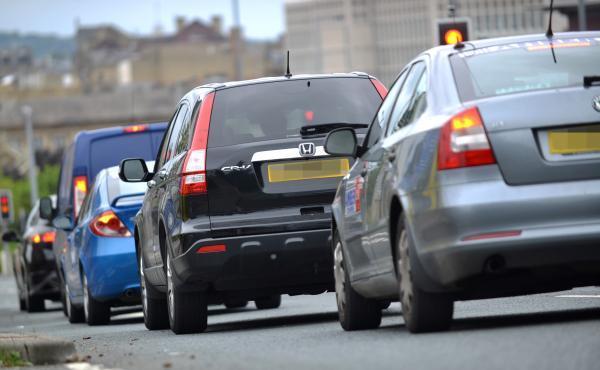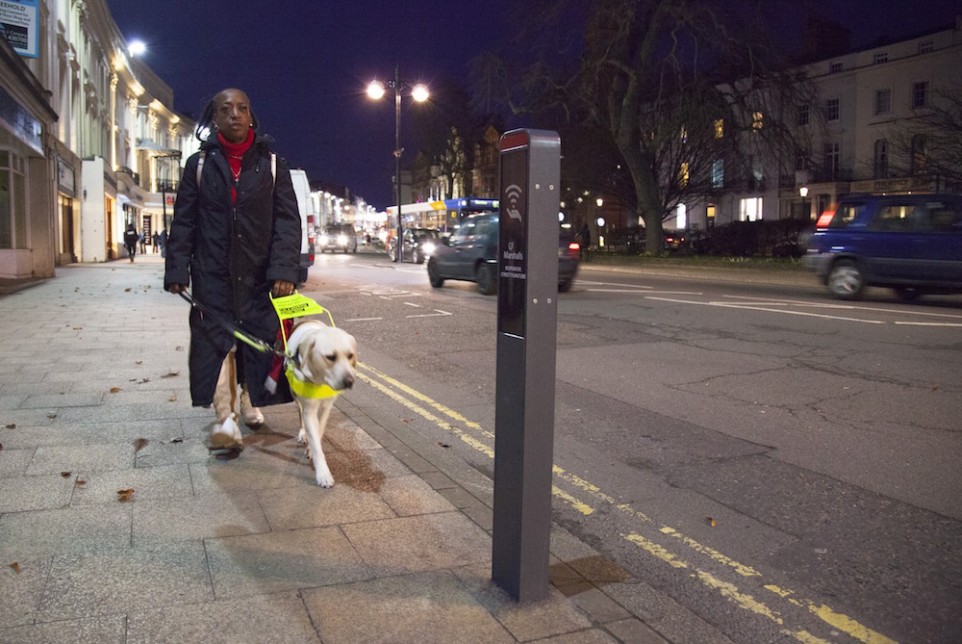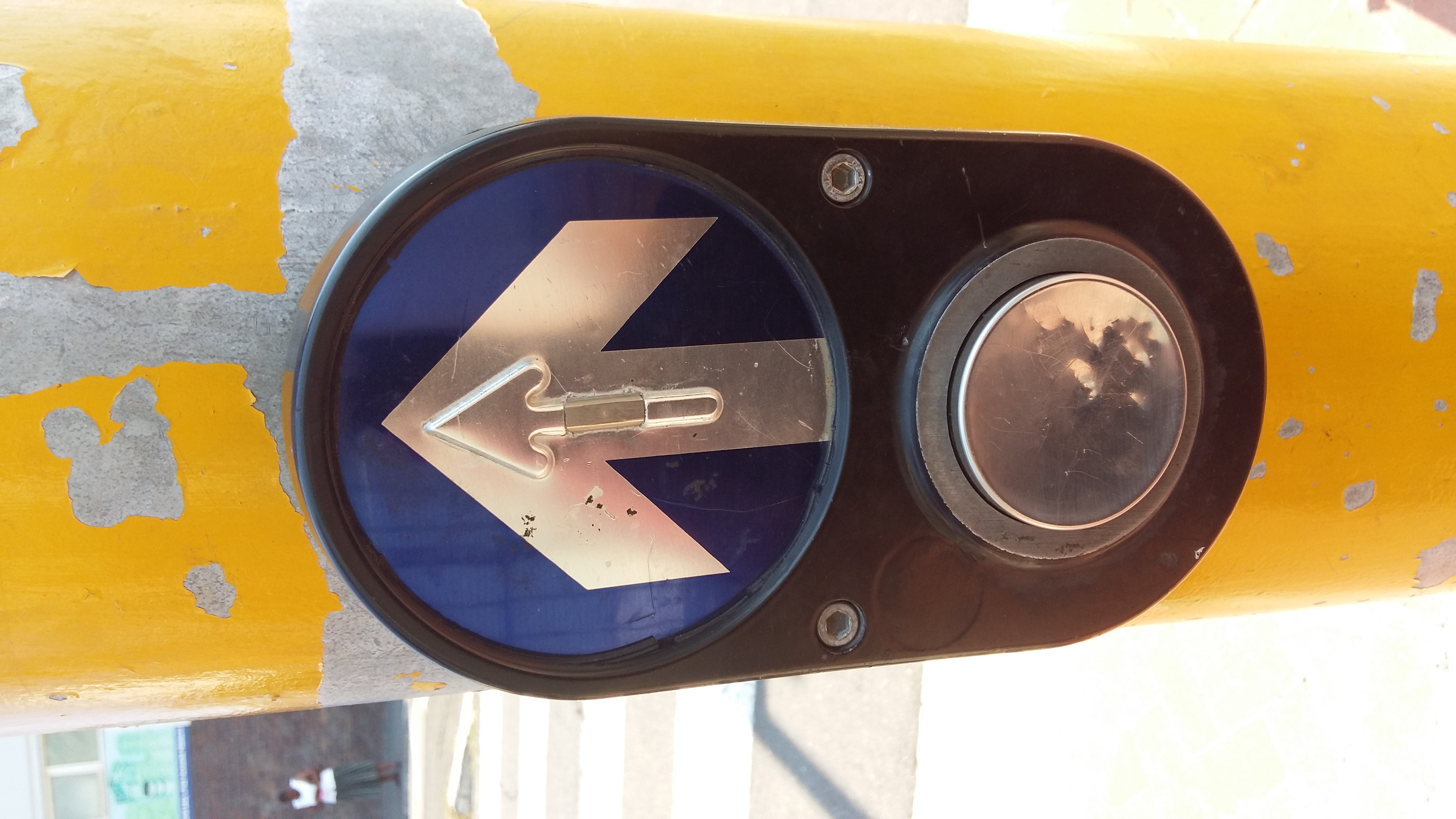
5 Ways to ensure safety of pedestrians with disabilities
 It is almost that time of year again… the run up to the Easter holidays, with large amounts of people travelling by road and the accompanying road accident injuries and fatalities.
It is almost that time of year again… the run up to the Easter holidays, with large amounts of people travelling by road and the accompanying road accident injuries and fatalities.
People with disabilities are often forgotten when it comes to road safety as they are sometimes not seen as road users. Well, they are! Many persons with disabilities are independent and go about their daily lives just as anyone else, including the use of roads and pavements.
In an effort to promote the safety of road users with disabilities, we have compiled 5 simple ways in which you can consider persons with disabilities when on our roads.

1. Understand that persons with disabilities are also road users
Persons with disabilities are equal citizens in all aspects of the law and should be given the same consideration afforded to any other road user.

2. Stop your vehicle before the road markings
It is all too easy to allow one’s vehicle to nudge over stop lines. However, persons with disabilities require a clear are in which to cross the road. Persons with visual impairments rely on their hearing to judge their distance from your vehicle, so don’t stop too far away – especially applicable to vehicles with very quiet engines.

3. Be patient
Persons with disabilities may be slower so allow them sufficient time to cross safely. Bear in mind that wheelchair users are not able to react as quickly and may have difficulty in changing direction suddenly if you pull away while they are still crossing. Constant revving of one’s vehicle or hooting will also only further distress the individual. Remember too that some road users are hearing impaired and may not hear your vehicle, so be alert at all times.
There are also many instances where wheelchair users are forced to travel in the road due to a lack of access to the pavement, or simply no pavement at all! Be careful when you see someone travelling in the road – they are doing so because there is absolutely no other option.

4. Look before you drive
Persons in wheelchairs are naturally out of our line of sight as re guide or service dogs, so be sure to look lower than usual.
I recall a horrific accident at a set of traffic lights near our offices where a large truck pulled away as soon as the lights went green, and in so doing, rode over a man in a power wheelchair who was still crossing in front of him, killing him. In this case, the traffic lights were found to be at fault as they had not been programmed to remain on orange long enough for those crossing the road to reach the other side safely before changing to red, and have since been rectified, but patience from drivers will always be essential.
5. Be vigilant at curb ramps & pedestrian crossings
Extra vigilance is required at intersections and areas where pedestrians are most likely to be. Road traffic is required to give right of way to pedestrians at a pedestrian crossing, but I often find that this rule is ignored. Curb ramps are specifically used for ease of access by both wheelchair users and the elderly, so allow sufficient space for the unimpeded use of the ramp.
Too many people are injured due to careless and unsafe road use habits. Let’s turn this around and be safe on the roads this Easter season!

